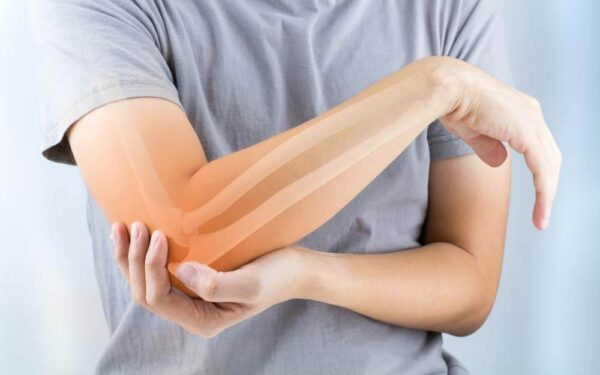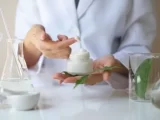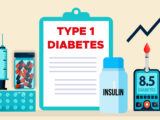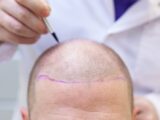
Everything you need to know about Plantar Fasciitis
July 5, 2019- What is Plantar Fasciitis?
The foot consists of a thick fibrous tissue that is present from your heels to toes and sometimes when they are stretched too much, it can lead to tiny tears in the tissue. This can cause immense pain and inflammation. Plantar Fasciitis is characterised by throbbing pain, especially felt when one takes her first steps in the morning. Though after some time, the pain tends to subside but it can come back if someone stands for too long.
- Causes of Plantar Fasciitis
A number of health-related factors can lead to Plantar Fasciitis. But people who are overweight are at a greater risk of this condition. Also, the ones who habitually stand for a long period of time are vulnerable to Plantar Fasciitis. Women are more likely to suffer from Plantar Fasciitis than Men. This can cause immense pain and inflammation. Plantar Fasciitis is characterised by throbbing pain, especially felt when one takes her first steps in the morning.
- Symptoms
The major symptom of Plantar Fasciitis is stabbing pain near the heel after waking up in the morning and taking the first steps. One can also feel pain after standing for too long or standing up after sitting for too long. Pain can also be triggered after exercise. You may be in love with a particular workout routine; but it is not recommended to stick to it every day. Make it a point to engage in different activities and change your routine every day. This will help you work out different muscles of your body, without putting excessive strain on any one group of muscles.
- Treatment
The doctor can try a few options to relieve the pain and to reduce the inflammation like through medication or shock wave therapy. There are also alternative forms of healing like visiting a local chiropractor to get rid of pain.
But you can ease the pain yourself by not putting too much pressure on your foot by taking rest. As you might be aware of the fact the condition can worsen by physical activities and too much strain on the foot, so give it some time to heal and take rest.
Most make the mistake of going on a no-carb diet while exercising. You need energy to workout and this energy can be supplied only by the carbohydrates. They replenish your glycogen stores, giving you the energy that you need for your next workout. Consuming protein post-workout is also something you should not forget. This will help you repair the muscles that you just broke down during your workout. Consult a sports nutritionist and find out what foods and how much of them you should be eating to keep your body healthy and energized.










